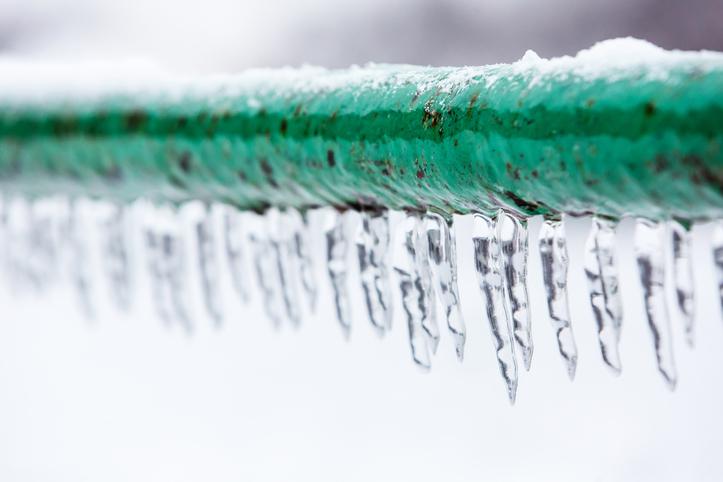
The Ultimate Guide to Spotting and Dealing with Frozen Pipes: A Homeowner's Winter Survival Manual
As winter's icy grip tightens its hold, homeowners across the nation face the dreaded possibility of frozen pipes. Frozen pipes can lead to burst pipes, which can then lead to extensive damage and costly repairs.
If you own a home, it’s important to be proactive and take measures to protect your investment.
Here’s how to identify the signs of frozen pipes and provide practical solutions to keep your plumbing intact during the coldest months.
4 Signs of Frozen Pipes
- No water flow: One of the most apparent signs is the sudden lack of water flow from faucets or showerheads. If you turn on a tap and only a trickle or no water comes out, it could be an indication of frozen pipes.
- Frost on exterior pipes: Inspect the exposed pipes around your home, especially in unheated areas such as basements, crawl spaces, or garages. If you notice frost on the exterior of the pipes, it's a clear sign that they may be frozen.
- Unusual odors: A strange, unpleasant smell emanating from your drains could be a result of a frozen pipe. The blockage caused by ice can lead to trapped odors, signaling potential trouble.
- Strange sounds: Listen for unusual sounds like banging or clanking when you turn on a faucet. These noises may be caused by the expansion of ice within the pipes.
What to Do When Pipes are Frozen
Locate the frozen area: Determine which pipes are frozen by checking various faucets throughout your home. If only one area is affected, the freeze may be localized.
Keep faucets open: Allow a small amount of water to drip from the frozen faucet. This relieves pressure within the pipes and reduces the likelihood of them bursting.
Apply heat: Gently warm the frozen pipes using a hairdryer, space heater, or electric heating pad. Begin at the faucet and work your way toward the frozen section. Never use an open flame or high-intensity source of heat.
Insulate pipes: To prevent future freezes, insulate exposed pipes with foam pipe insulation or heat tape. Pay close attention to pipes in unheated areas and those located near exterior walls.
READ MORE: How Do You Thaw Frozen Pipes?
Take Preventive Measures for the Future
There are some preventative measures you can take to prevent frozen pipes in the future.
Insulate your home: Ensure proper insulation in attics, basements, and crawl spaces to maintain a consistent temperature throughout your home.
Seal cracks and gaps: Seal any gaps or cracks in walls and foundation to prevent cold air from infiltrating your home and reaching the pipes.
Disconnect and drain outdoor hoses: Before the freezing temperatures set in, disconnect and drain water from outdoor hoses. Leaving water in hoses can lead to frozen pipes and potential damage.
Keep the heat on: Even if you're away, maintain a minimal level of heat in your home to prevent pipes from freezing. This is particularly important during extremely cold weather.
READ MORE: Are Your Pipes Ready for Winter?
By staying vigilant and taking proactive measures, you can protect your home from the threat of frozen pipes.
If you can’t locate the frozen area or if the problem persists, don't hesitate to contact us online or by calling 1-877-BEN-1776! We have the expertise and tools to assess and address the issue before it escalates.
But once again, a little prevention goes a long way in safeguarding your home and keeping your pipes in top-notch condition. Stay warm and worry-free this winter!
